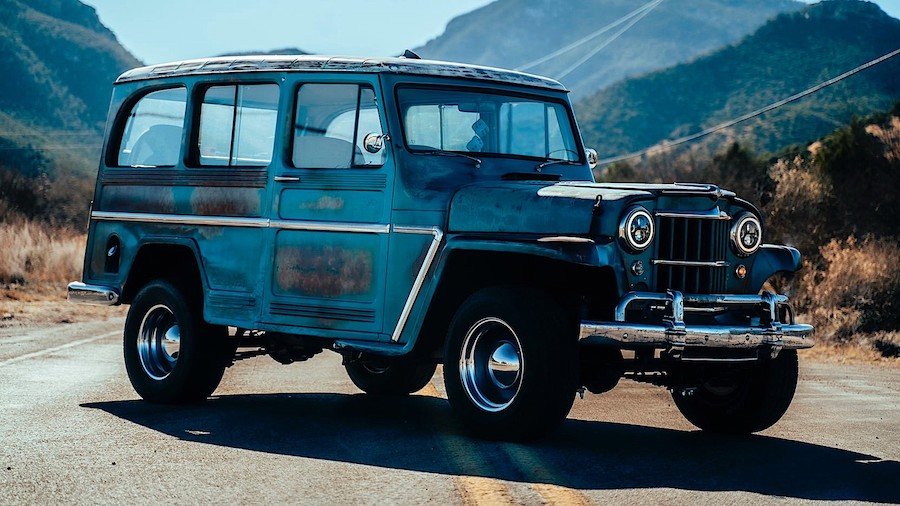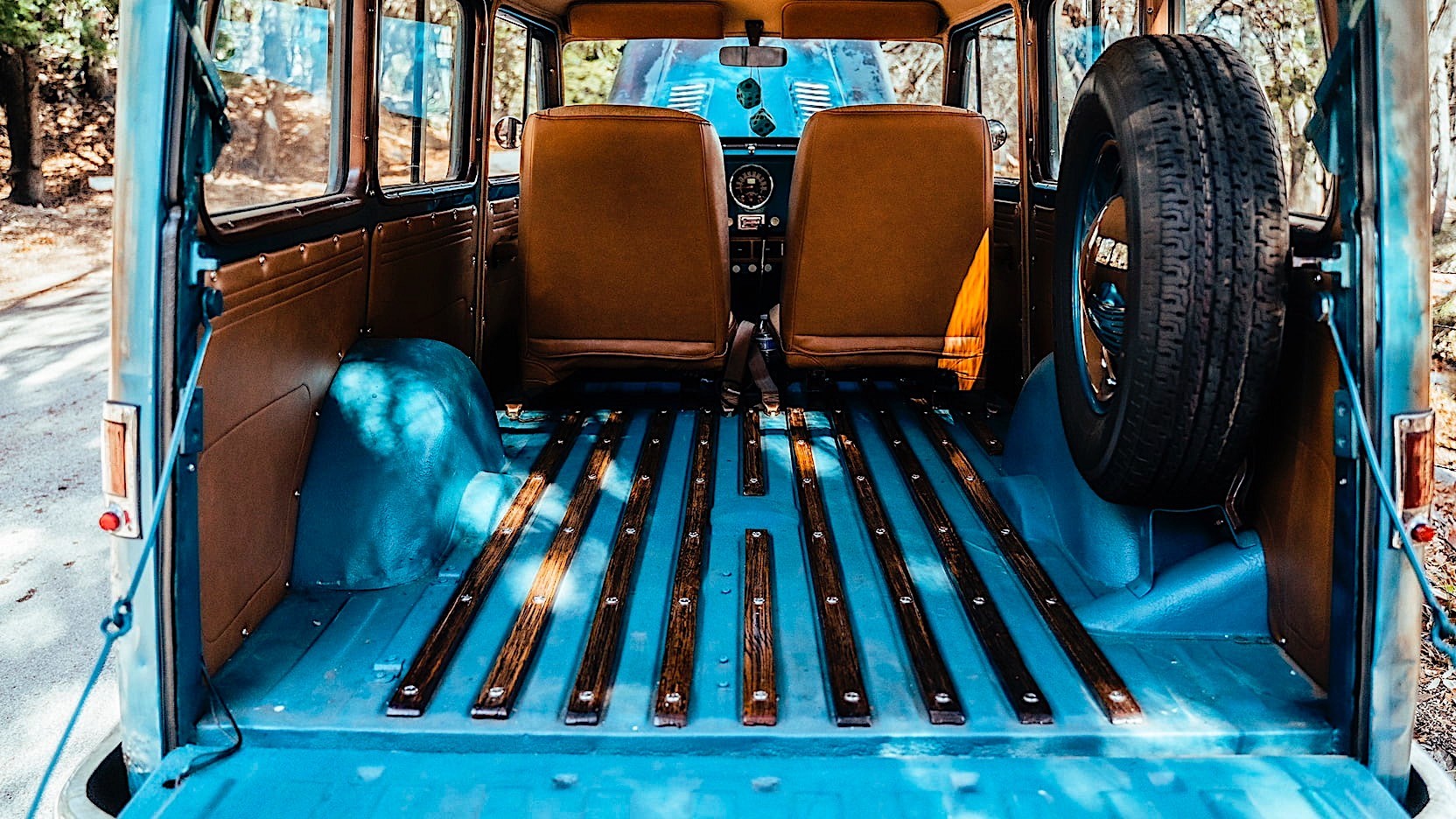1963 Willys Jeep Station Wagon Was Degraded on Purpose, Rust Hides Recent Restoration Work

All of them, with the exception of the Gladiator, are SUVs meant either for city use (the Compass) or for the real off-road life, like is the case with the Wrangler.
SUV is a very relative term, and today it has come to encompass pretty much everything that’s not a sedan, a hatchback, or a sports car. Just consider the fact the term applies to both the tiny Suzuki Jimny and the gargantuan-by-comparison Chevrolet Suburban, for instance.
It is generally agreed though, that an SUV must offer in the same package features one usually finds in normal passenger cars (number of seats, creature comforts and the likes), mixed with cues and capabilities taken from off-road vehicles, like say a higher ground clearance and, of course, four-wheel drive (as an ironic twist, some of today’s SUVs come with two-wheel drive).
Jeep has been in the business of making SUV things even before they were known under the current name. In fact, in the eyes, of some the original Wagoneer is the first full-size SUV ever made. But it too was the successor of something even older and called the Jeep Station Wagon.
After proving what it could do on the battlefields of the Second World War, a company called Willys-Overland came up with this contraption shortly after the conflict ended, in 1946. It was the culmination of the expertise gained with the military MB over in Europe and elsewhere, but adapted for civilian duties and wearing a body over the seats.
The Willys Jeep Station Wagon arrived into this world as the first all-steel machine to be made for the masses in such a body style. Naturally, Americans instantly fell in love with it, and the model quickly grew to star status, selling until it was discontinued in 1964 some 300,000 units (other parts of the world, namely countries in South America, got to enjoy it until as late as 1977).
The large number of Jeeps from this family sold over the years might have been a great thing for Willys at the time, and also for Kaiser after the corporate merger, but it spells trouble for someone trying to make a buck by selling one nowadays. A Willys Jeep Station Wagon from long ago needs to be truly special to warrant hopes of getting people talking and spending.
In my book, truly special would mean not a full custom interpretation of such a vehicle, with all the bells and whistles that come with such a thing, but one that keeps as true to its original self as possible. Visually, it would, of course, have to keep to its original lines, without the many unnecessary adornments or flashy colors we often see in this business.
The Willys Jeep Station Wagon we have here fits the above requirements, but it also adds a new dimension to the idea of vintage, thanks to the blue and patina that wraps around its body.
The beast traces its roots back to 1963, making it one of the most recent versions of the family, but also among the last to roll off the assembly lines. It’s fresh out the doors of an unknown workshop, where it was restored no more than 1,200 miles (1,931 km) ago.
Sitting tall and proud on its four steel wheels complete with small-diameter hubcaps and matching trim rings, it presents the world body elements with degraded chrome (on the bumper, radiator, and mirrors, for instance), and body panels wrapped in blue. Or, should we say, what’s left of blue, as intentionally and strategically placed patina (we call it rust) is there to send across the proper feeling of vintage. And it manages to do that despite the brand-new, modern headlights that stick out like bulging eyes to each side of the radiator grille.
Under that appearance of decay hides an interior in brown leather (partially on the seats and on the door panels) and blue on the dashboard, where Speedhut gauges sit front and center.
Of particular interest to us is what was done under the Jeep’s hood. Pop the thing open and the vista of an AMC 304 engine hits you. It’s an engine as old as the car, and probably not native to this particular ride, has been reworked to run a new injection system, and is tied to a rebuilt TH400 transmission. It’s unclear how much power the unit develops post-restoration, but the factory numbers rated it at up to 210 hp back in the day.
The rusty-old 1963 Willys Jeep Station Wagon is listed for sale by Mecum during an auction taking place at the end of March in Glendale, Arizona. No details are provided as to how much it is expected to fetch, but we'll come back with an update on the story when we learn if and for how much it went.



Похожие новости
